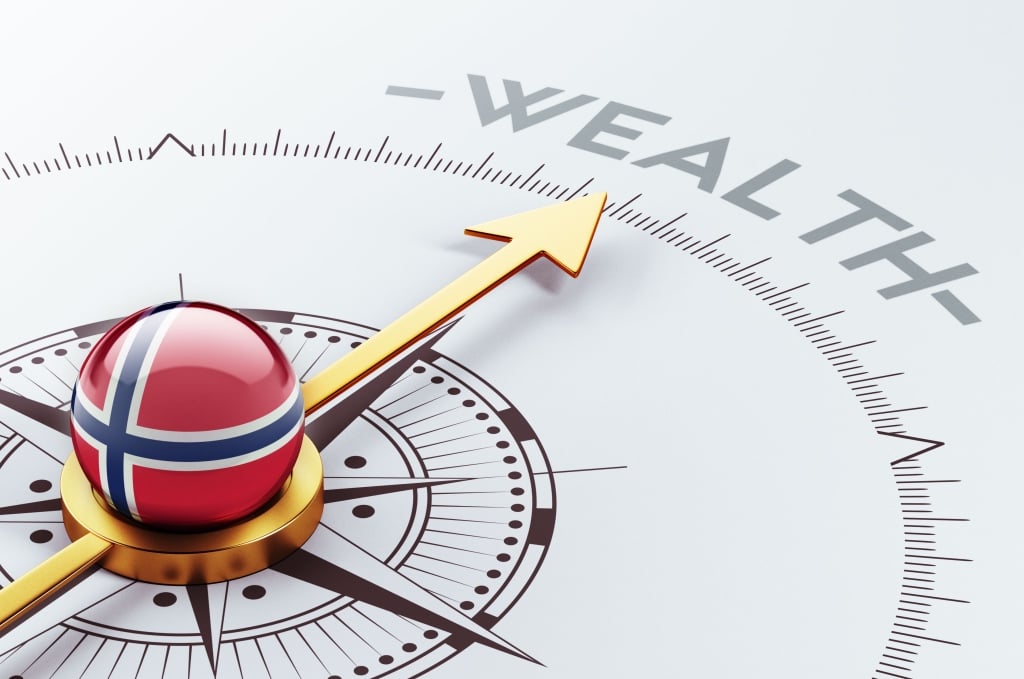The Scandinavian country of Norway is widely known to be one of the wealthiest countries in the world. But is that really true and why did it happen? Read on as I explain the story.
As the Industrial Revolution began to transform Britain and continental Europe, Norway found itself in a difficult position. Harsh winters created difficulties for agriculture, while the natural terrain created problems for travel, education, and information exchange.
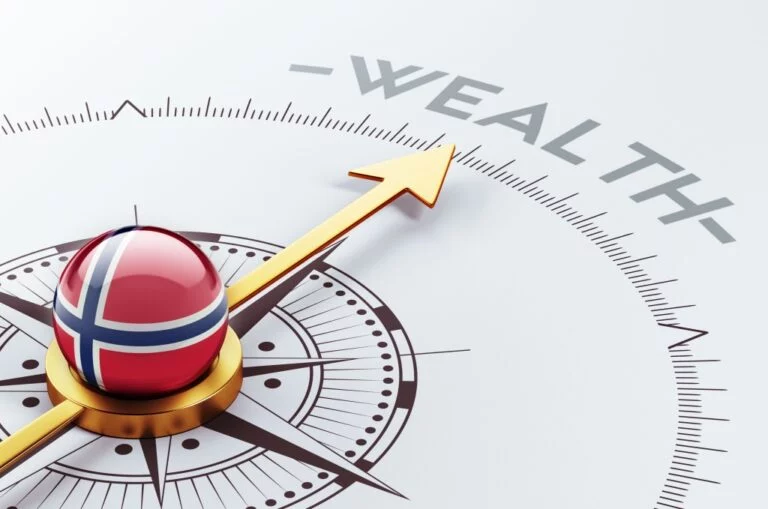

Norway's economy, which was partially dependent on other Scandinavian countries, collapsed, and starvation forced many families to seek new lives in the emerging United States.
But fast forward to today, and Norway is the second richest country on earth, excluding micro-states. Norway's sovereign wealth fund is one of the most important investment vehicles in the world.
Norway is ranked as the most democratic country in the world and consistently scores highly in happiness and quality of life surveys. Many countries have tried to do what Norway did, only to end up even poorer than before. So how did Norway become so wealthy?
Of course, the answer lies in oil and gas, but there are many other factors to consider.
big country, small population
Before moving on to the obvious black gold, there are other issues to consider that are often overlooked. First and foremost, Norway has a large landmass, coastline, and ocean area, but a relatively small population.
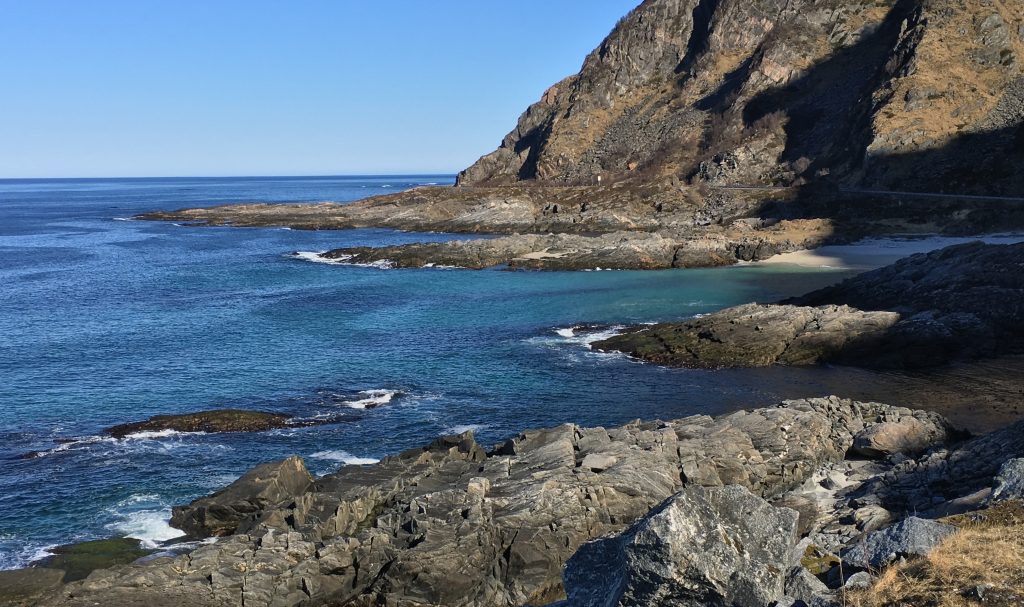

This combination means that the money earned by land and sea can reach you much further than you might expect. The same is true for Norway's Nordic siblings: Sweden, Finland, Iceland, and to a lesser extent Denmark.
A helping hand from nature
Its position on the globe was beneficial to Norway in many ways. This country is rich in natural resources.
Cold waters across the country have provided rich fishing opportunities for centuries, and this continues to this day. Although Lofoten is known for its tourism, fishing still plays an important role in the local economy.
Most of Norway's domestic electricity supply comes from water. Before the discovery of oil, Norway harnessed the natural power of its rivers and fjords. Hydropower currently supplies almost all of Norway's electricity needs.
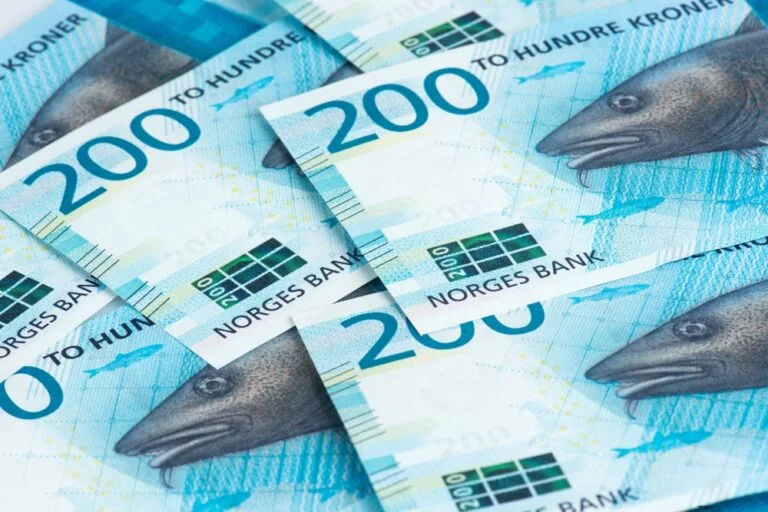

Despite the cold winters, agriculture has also always played an important role. But of course, the discovery of even more valuable resources beneath the water changed Norway's fortunes.
discovery of oil
Until the late 1950s, few in the industry believed that Norway's continental shelf (the ocean floor off the Norwegian coast) might contain rich oil and gas deposits.
The discovery of gas in the Netherlands was the catalyst that led some to look back at the North Sea. Phillips Oil was the first to make the move, sending an application to the Norwegian authorities in 1962 for permission to explore the North Sea.
At this point, the Norwegian government, while claiming sovereignty over vast offshore areas, granted licenses to private companies to conduct seismic surveys.
Despite some early setbacks, the industry took off in 1969 with the key discovery of what is today known as the Ekofisk Field.
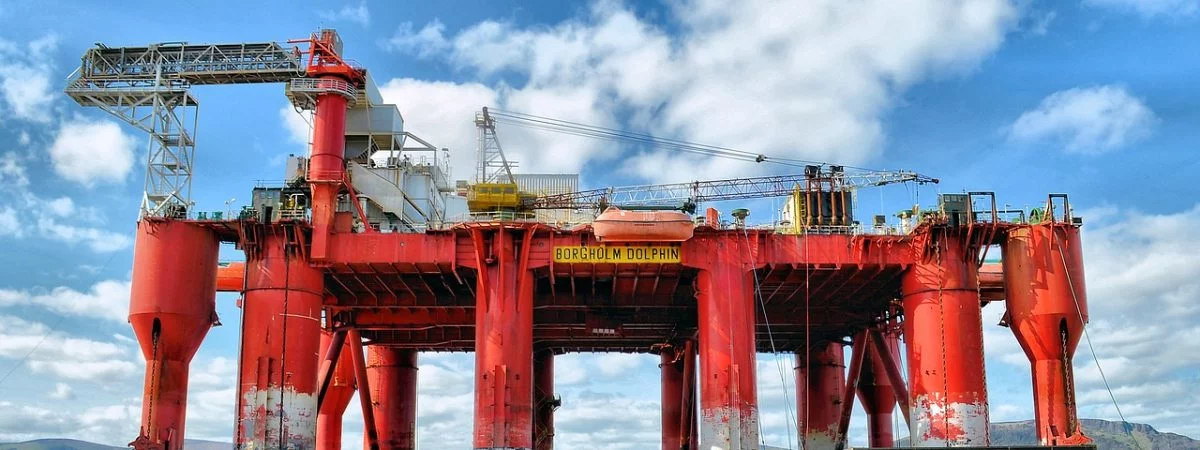

The government gradually issued licenses to mainly international companies, directly benefiting the country, until Statoil was established in 1972. Statoil still exists, but now he is known as Equinor.
important contributor
Over the past 40 years, oil activity on Norway's continental shelf has contributed significantly to Norway's economic growth and financed much of its welfare state. According to government statistics, the industry has created a value of more than NOK 12 trillion in current values.
According to the government's own website, the oil and gas sector accounts for about 23% of Norway's value creation, more than twice as much as manufacturing.
Of course, the discovery of oil was purely accidental, but how Norway managed and used the large sums of money generated by the industry is a completely different story.
Many countries with large oil and gas reserves are wasting cash. Look at Venezuela. Despite having the world's largest oil reserves, Venezuela is a relatively poor country by Western standards. So what makes Norway different?
Why was the outcome different for Norway?
Norway needed foreign expertise to develop its oil and gas reserves. But while foreign companies flooded into Venezuela, making huge profits while returning little to the country, Norway tried a different approach.
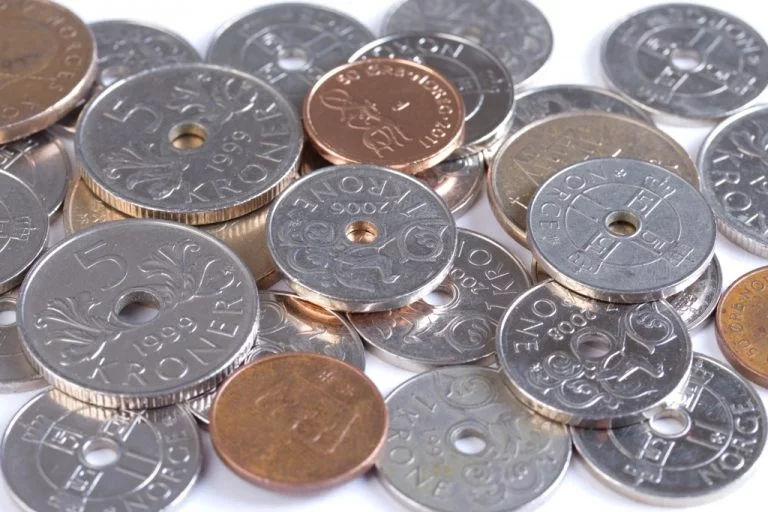

Political power in Norway was already widely dispersed, and it was impossible for any one individual or group to benefit themselves at the expense of society. This forced the government to make decisions based on the needs of the people.
The Norwegian government has decided, as it once did with hydroelectric companies, that natural resources belong to the people. Oil and gas production will be a profitable activity, but the profits will be funneled to the state.
The government also established Statoil, a public oil company to research and imitate foreign companies with a view to long-term acquisitions.
The country has also invested heavily in oil processing infrastructure and the training of engineers. Basically, we chose long-term safety over short-term popularity.
wealth fund
But things weren't perfect. As the oil industry expanded, prices rose. Norway realized it had too much money. Then, the decline in oil prices in the 1980s led to a recession and stagnation in economic growth. Norway wasn't wasting money, but they needed a better plan.
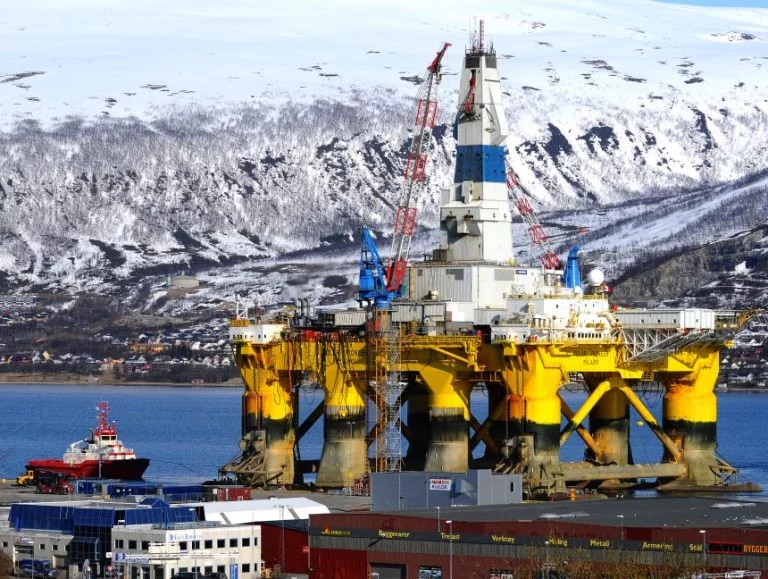

The Global Government Pension Fund is a fund in which surplus assets generated by Norway's oil revenues are deposited and invested.
The funding comes from taxes on operating companies, exploration license fees, dividends from the partially state-owned Statoil (now Equinor), and the state's “direct financial interests” in some areas.
The fund was established in 1990 to counter the impact of expected declines in income and to smooth out the devastating effects of oil price fluctuations. With money flowing into funds expected to decline significantly over the next few years, there has never been more attention to how that money is invested.
Due to the size of the fund, its value fluctuates widely from day to day, but at the time of writing it was worth just over NOK 15 trillion. In 2017, when I first wrote this article, its value was NOK 8 trillion. Current values are displayed on this website.
The majority of the Fund's assets are invested in stocks, some in bonds, and it holds relatively little real estate.
“The Global Government Pension Fund is saving for future generations of Norwegians. Oil will one day run out, but the profits from the fund will continue to benefit Norwegians.” – Norges Bank Investment Management.


How will this money be used? While other Scandinavian countries have had to cut social spending, Norway uses the interest earned on the fund to increase its annual budget for health, education, welfare, and more.
Although Norwegians still pay high income taxes, they rarely have to worry about paying high medical bills.
future?
Yes, Norway got lucky. But without smart long-term thinking from previous governments, we would have squandered our oil and gas wealth.
The same long-term thinking continues today, at least in theory. Norway is not ruling out the future of its oil and gas industry. The country is investing heavily in sustainable technologies such as offshore wind power in hopes of securing a major new industry to meet future global energy demands.

